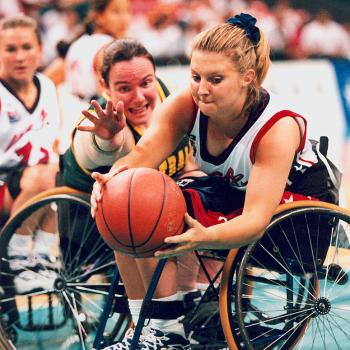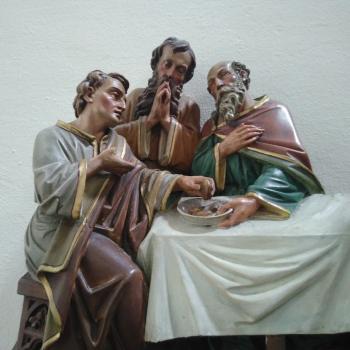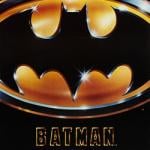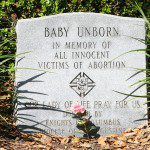In light of the coming holiday and the TV show you should not watch, I’m running again my review of Matt Baglio’s The Rite, which I do recommend. A series of caveats follow, and then we talk.
The Rite: The Making of a Modern Exorcist, by Matt Baglio, Doubleday, 2009.
Caveats:
- I see on the author’s page that the paperback has updated material in it — my comments here are based on the original hardback edition.
- I recommend this book, on the condition that you read the whole thing. Otherwise, please skip it. It’s just not healthy to dive into this topic half-heartedly, and you do not get a complete picture of the subject unless you read the whole book.
- UPDATE: If you doubt the seriousness of the occult, please read this post from Jen Fulwiler. She didn’t think the occult was real either.
- Before I continue, let me add: No, I have not seen the film. Father Longenecker reviewed it here, and has even more to say on the topic here. No, I am not planning to see the film, ever, because for one thing I’m wimpy about scary movies, and for another I am too impatient to watch things when I could be reading instead.
Now, on to the book. Here’s what it is, per the author:
The purpose of this book is not to promote any one faith over another, but to offer a detailed account of one priest’s journey from a rational skeptic to a practicing exorcist. I didn’t set out to write with any preconceived bias and as such the book is written in a straightforward journalistic style, which means that I give respect to the beliefs and testimonies on all sides, including medical science.
We follow Fr. Gary Thomas (a real guy) as he heads to Rome on sabbatical in 2005, after being freshly appointed diocesan exorcist. His travails are, wow, amazingly normal. If you spend any amount of time in the Catholic Church, you will recognize all the institutional quirks you’ve come to know and love — no special treatment for exorcists. You couldn’t write fiction like this.
After some effort, Fr. Thomas does finally manage to secure an apprenticeship with a practicing exorcist. The book clearly shows the humdrum, hard, dull work that goes with the territory. Interestingly, the reports of boring Catholic exorcisms related in the book match very closely to what I have heard described by Evangelical Protestants who have experience with boring exorcisms of their own. Different details as far as the methods of the exorcists, but identical phenomenon on the recipients’ end.
The author sticks to the straightforward, journalistic style all the way through. It is not a “Catholic” book in the sense of trying to evangelize or prove a point of the faith. The reporting could come straight out of the Herald Tribune. But it is a firmly Catholic book in the sense that any book which earnestly reports the truth is necessarily Catholic.
In addition to following Fr. Thomas’s personal story, the book explains Catholic teaching on the supernatural in very clear terms. There is an examination of how demon possession relates to psychological disorders, including interviews with secular researchers who reject supernatural explanations. [One of the first jobs of the exorcist is to find a qualified psychiatrist to rule out natural causes.] One of the reasons I think it is important to stick with the book through to the end, is that it is not at all clear how things are going to turn out for Fr. Thomas, or whether the book will ultimately end up affirming the Catholic faith.
The book follows Fr. Thomas through his training in Rome, the transition back to normal parish life in the U.S., and finally his first “for real”, no-doubts-about-it exorcism, in 2007. And here’s the conclusion, so you can rest easy, since if you are smart you will naturally be quite wary of picking up books on these sorts of topics:
These prayers do have power, he thought. It was a visceral reminder that the age-old conflict between good and evil, sin and salvation, was far from over. Not only did this validate his calling as a priest, and his choice to become an exorcist, but it was a powerful confirmation of one of the deepest mysteries of his faith. Even though evil existed in the world, there was a way to defeat it.
Matt Baglio was not a practicing Catholic when he started his research. But tell a true story, and you end up that much closer to the Catholic faith. I don’t recommend this book for everyone — an untoward interest in the occult should be a warning flag. But if you need a book on the subject, this is a good one.













